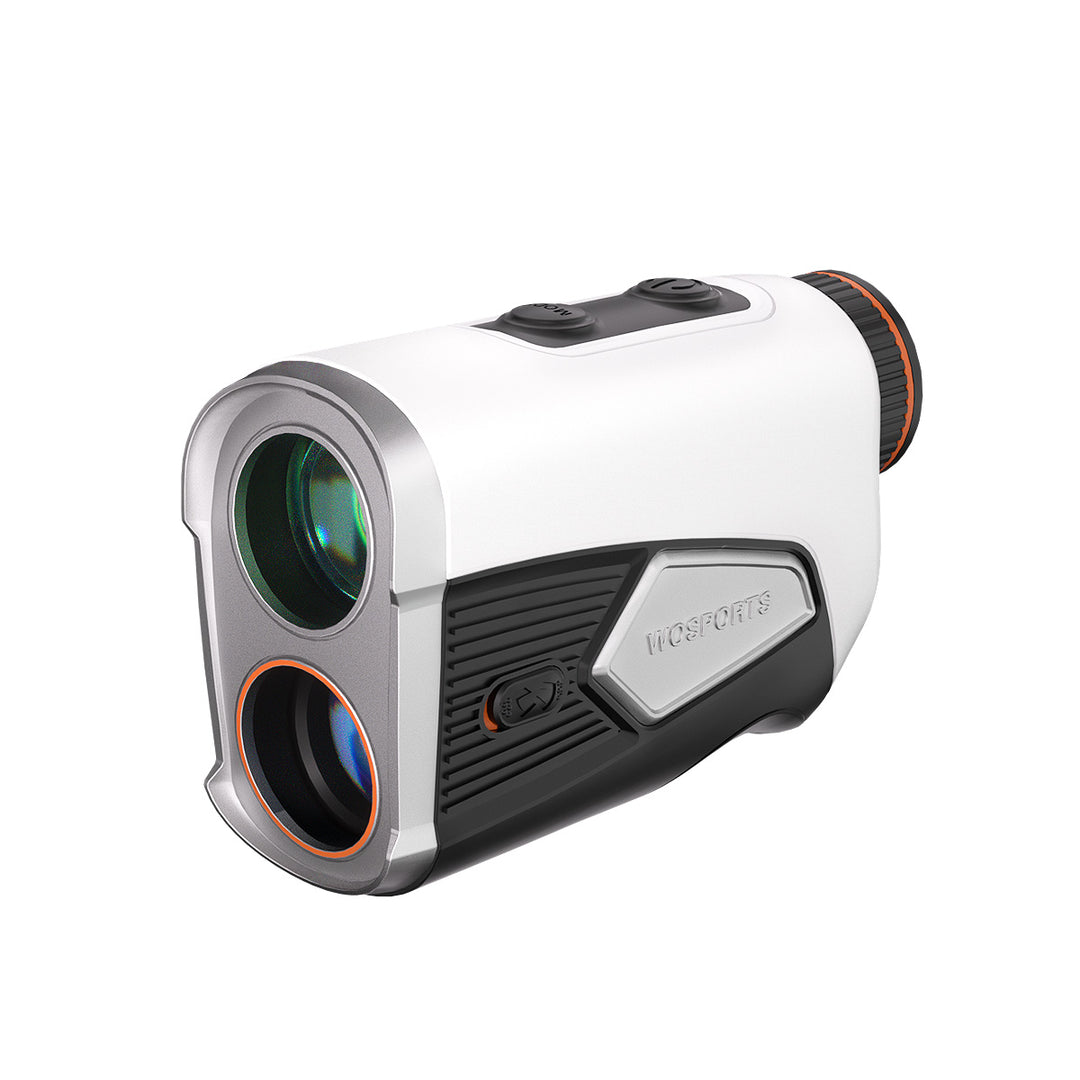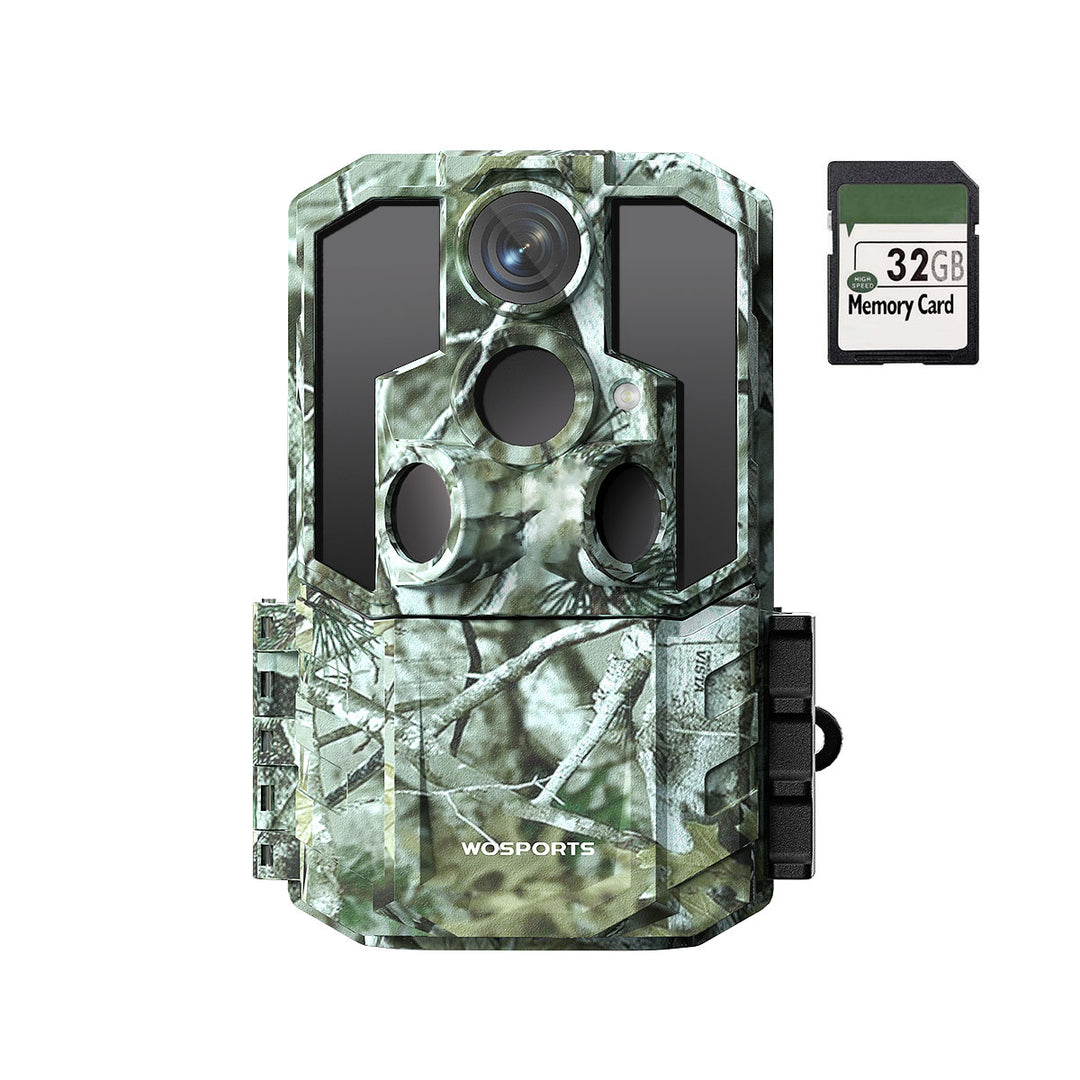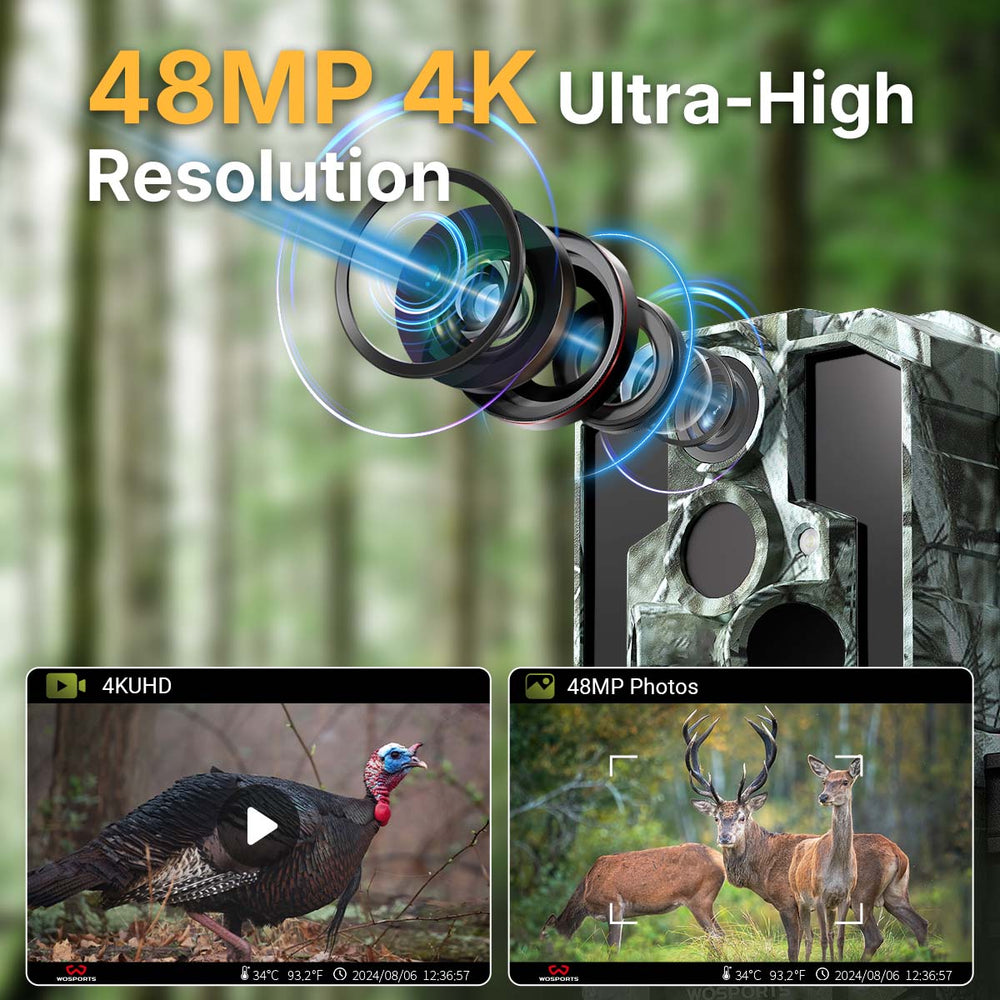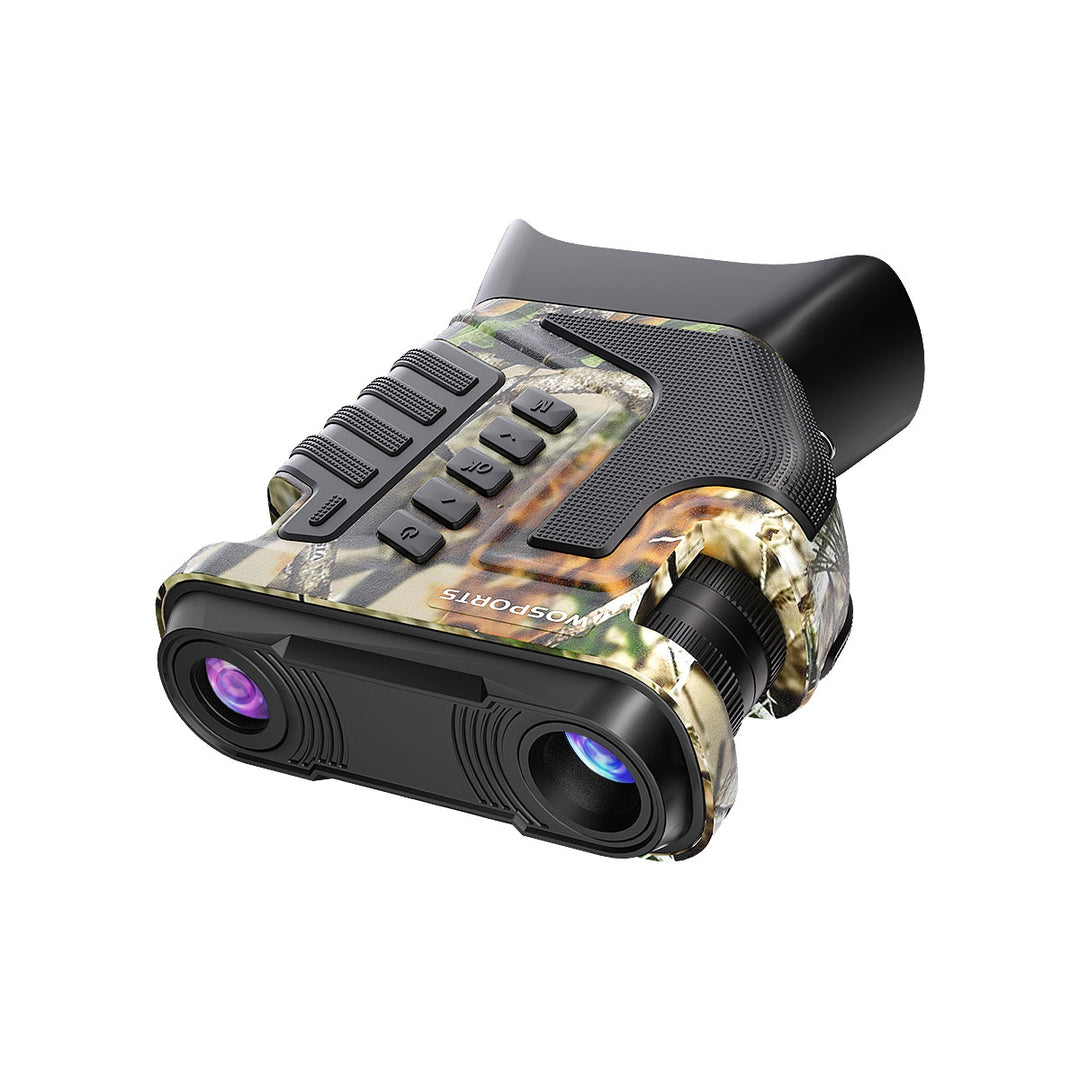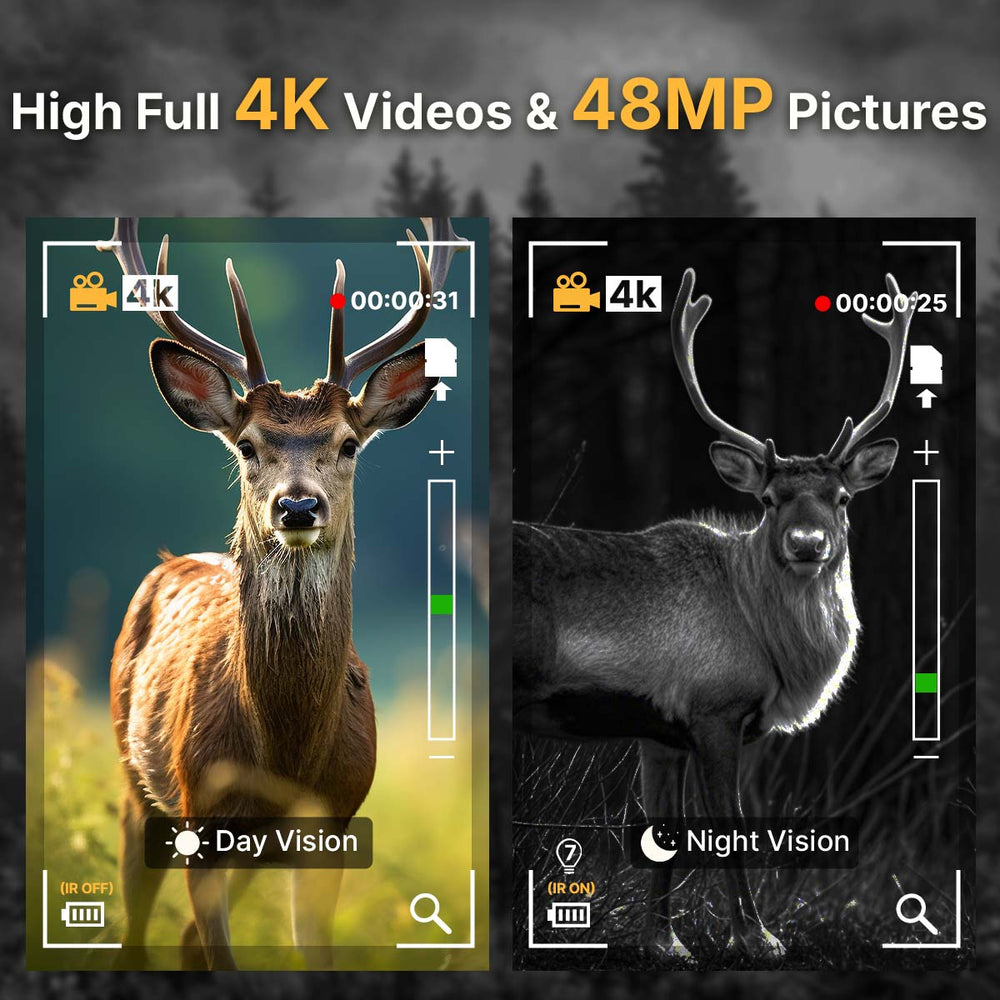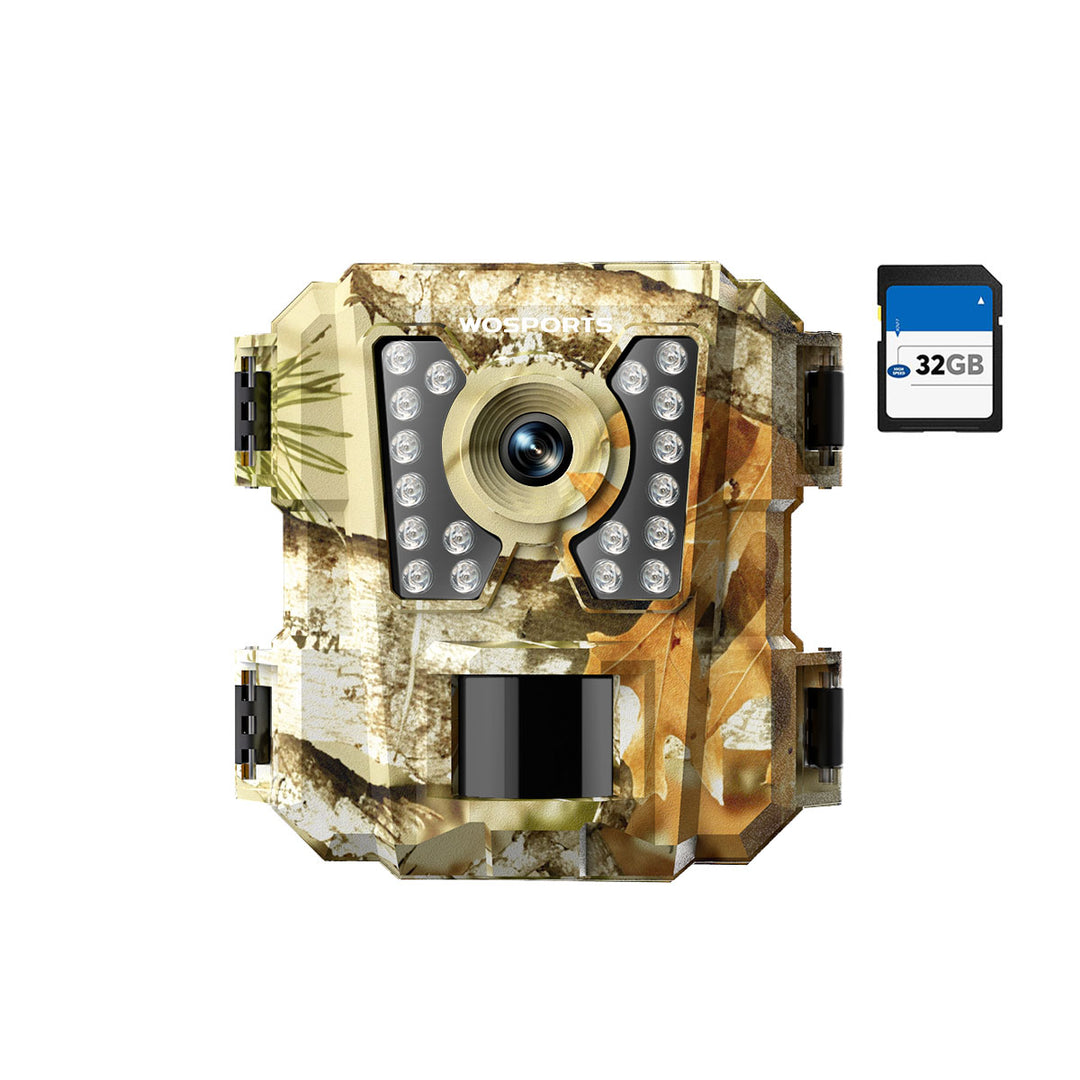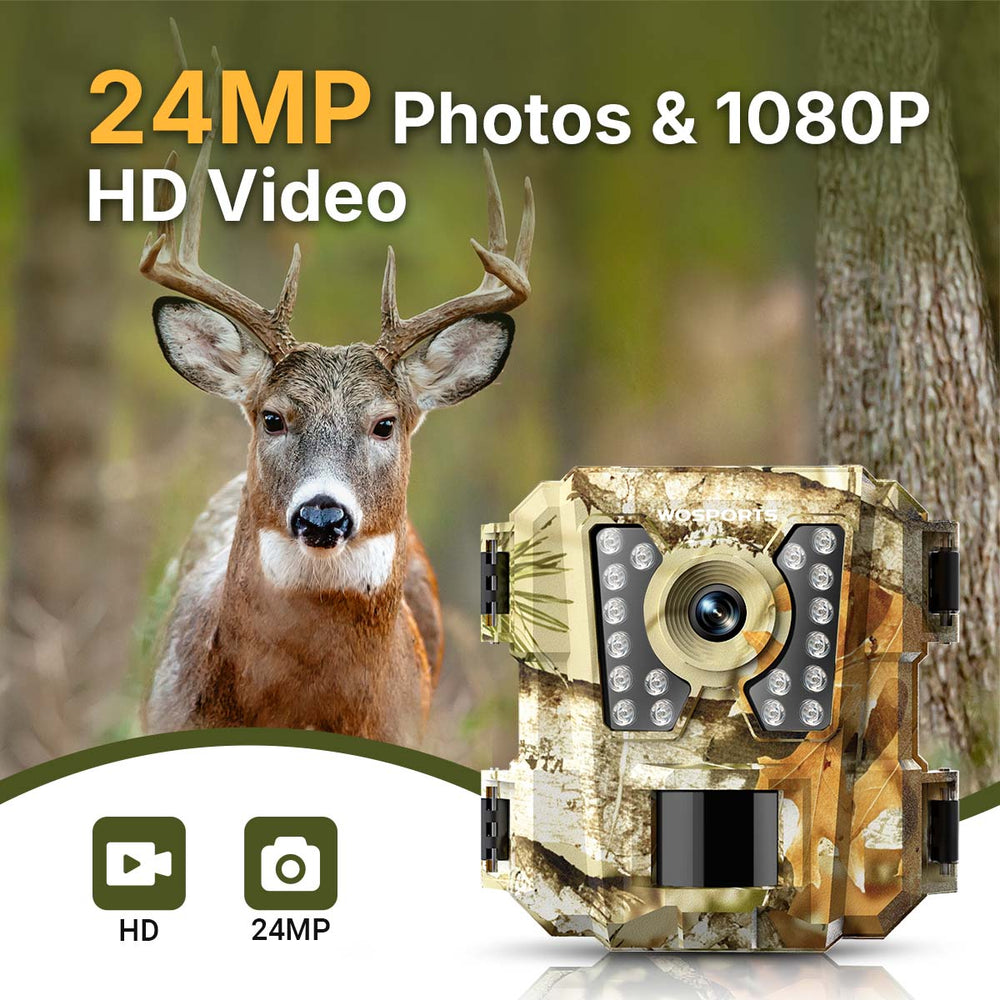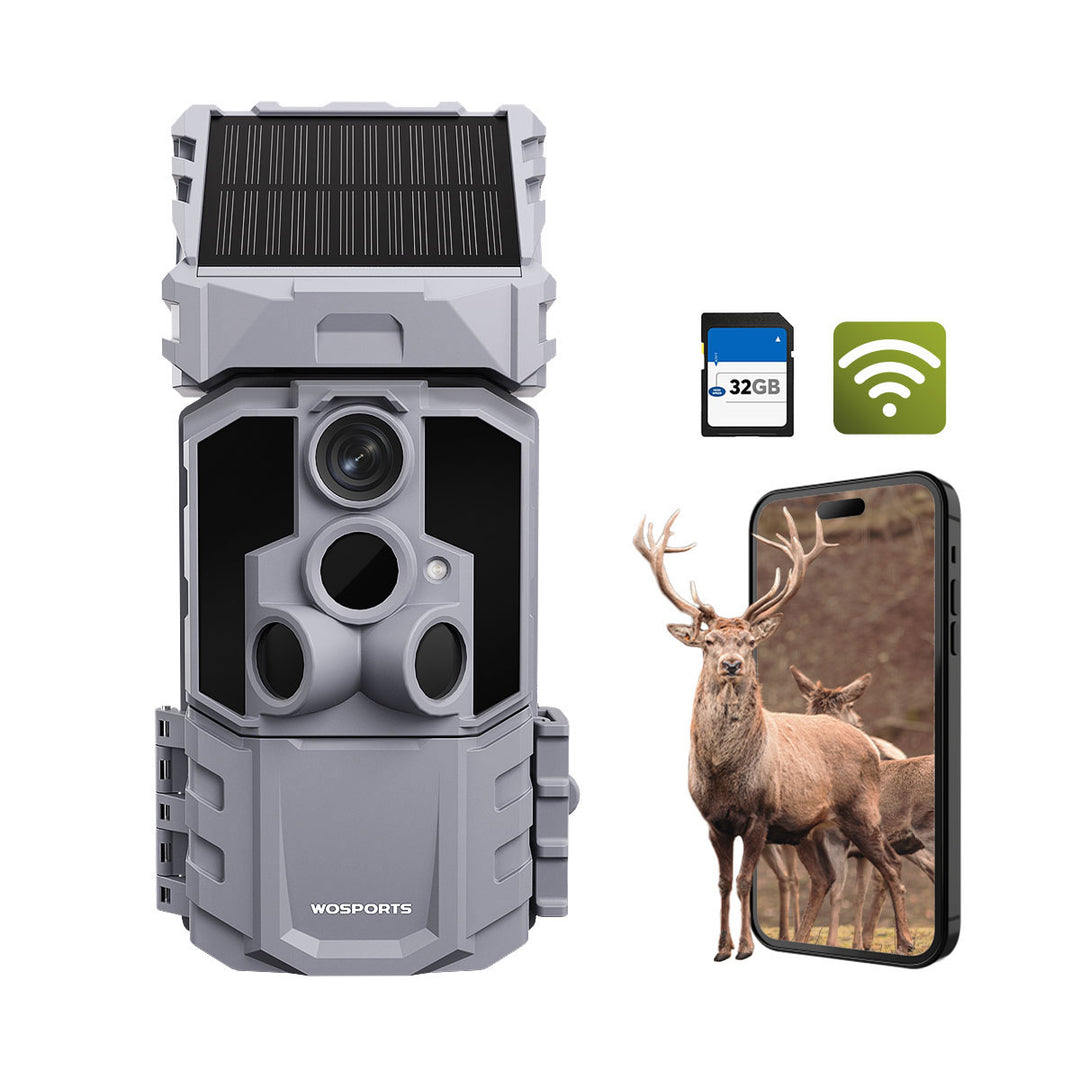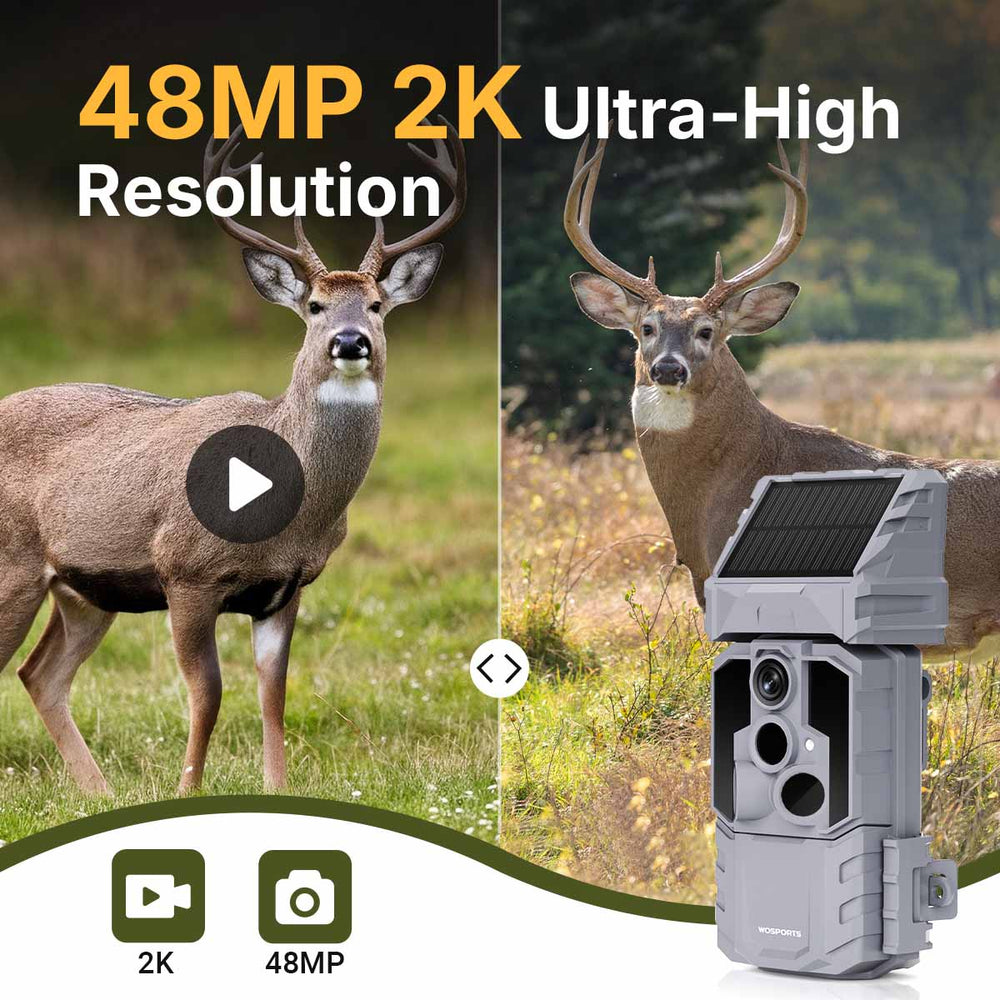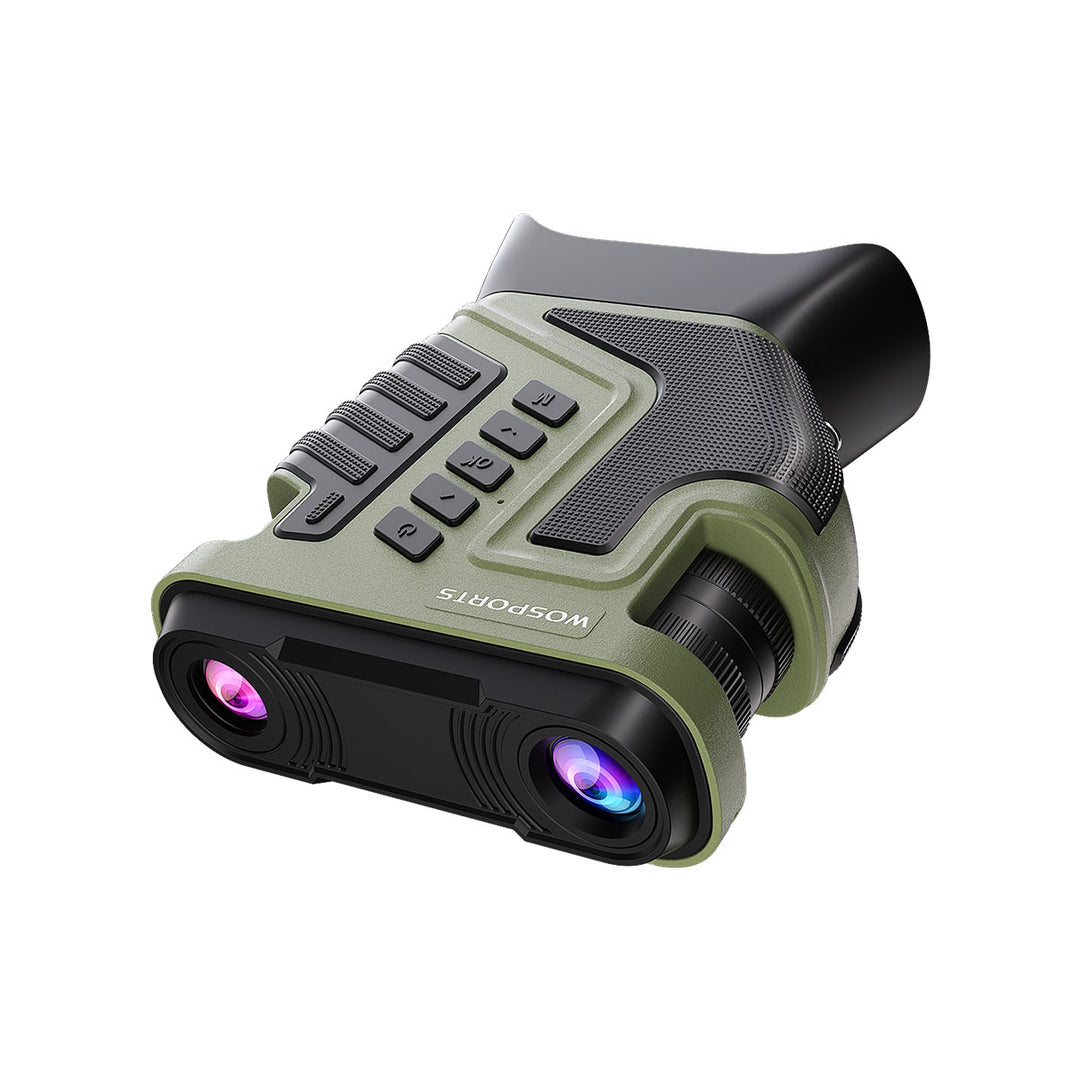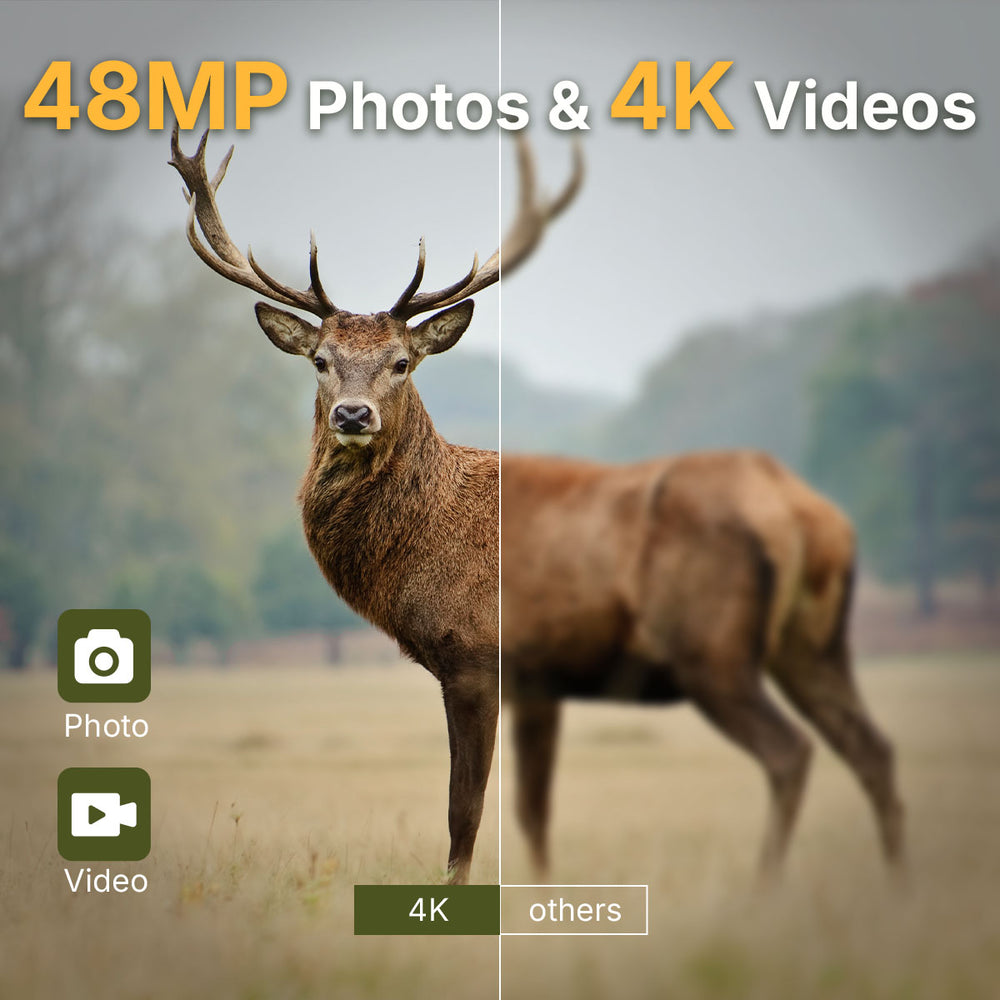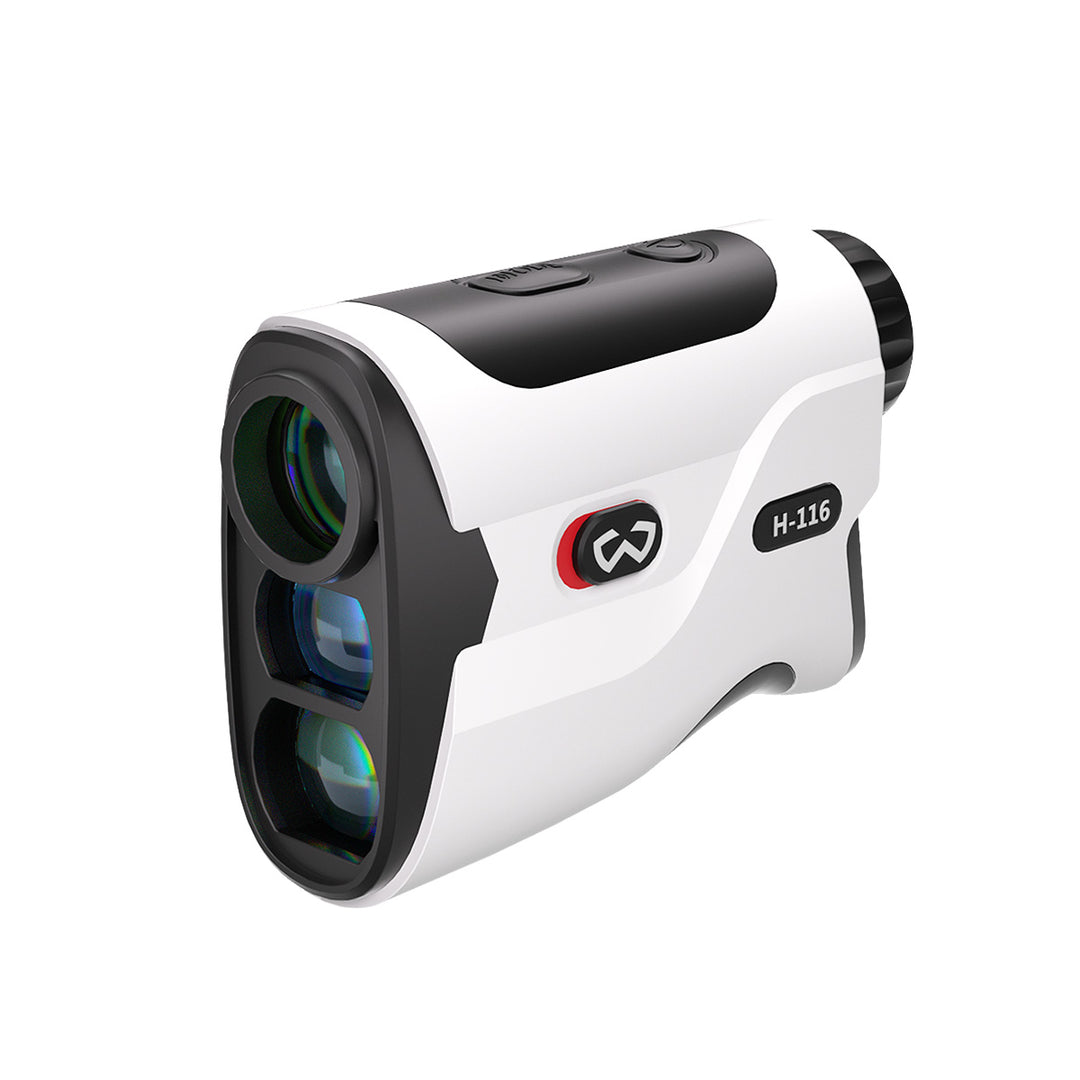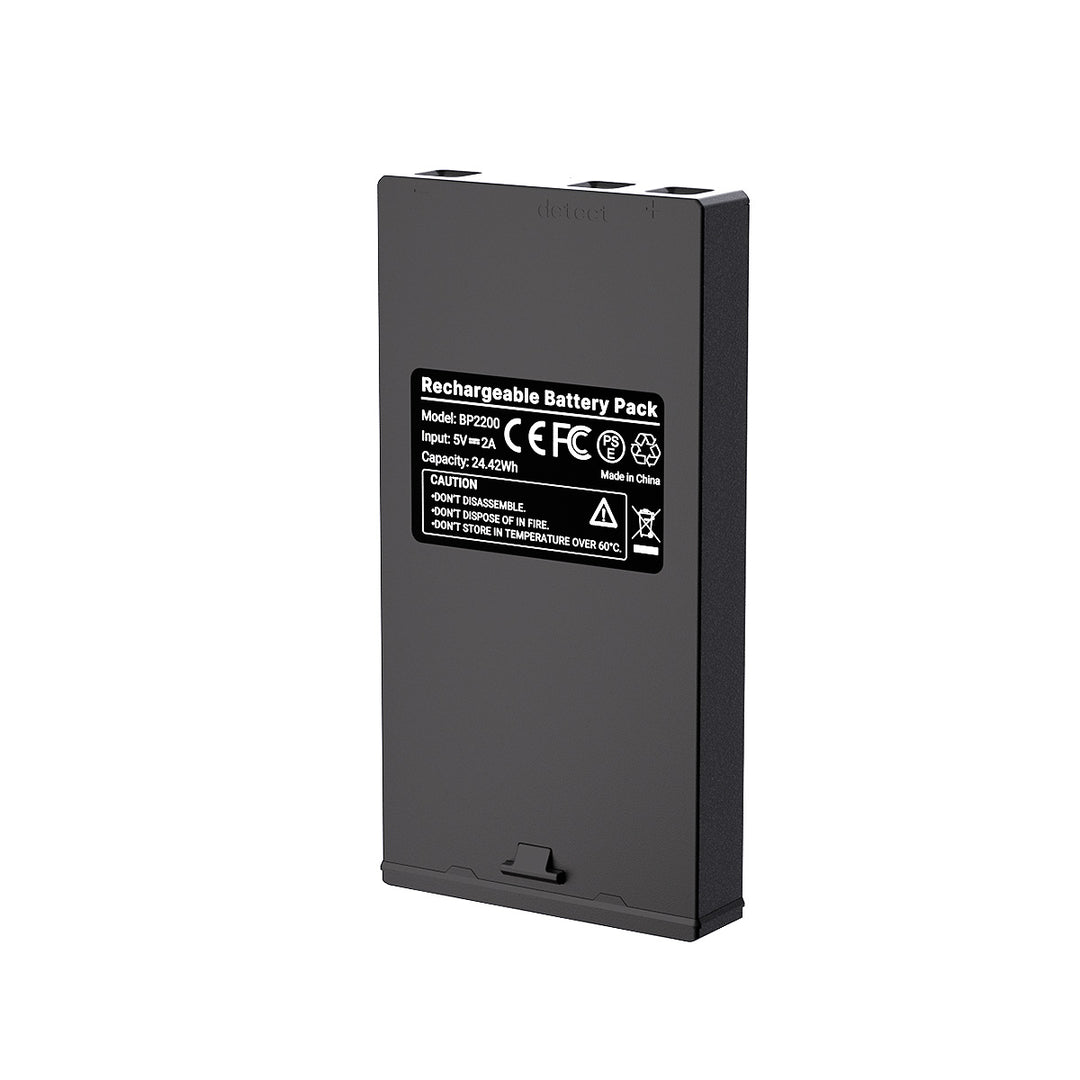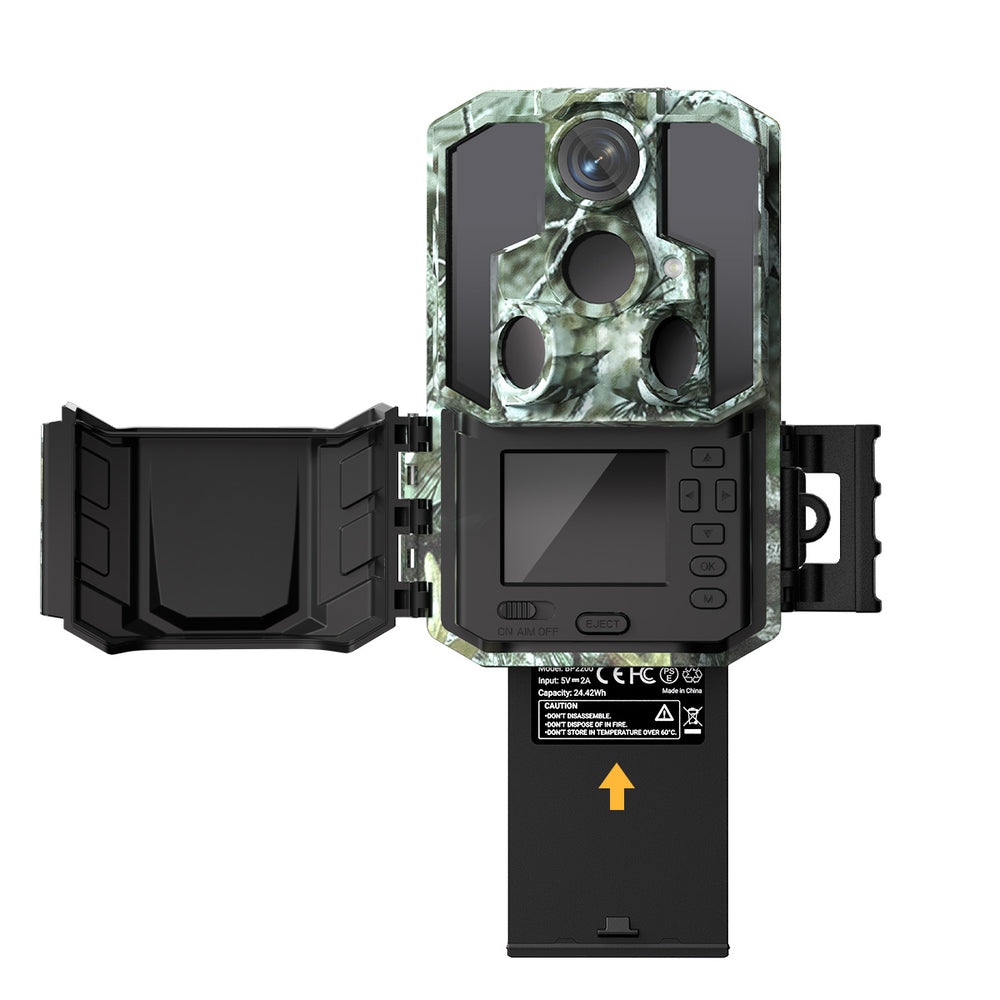How to Read Slope on a Rangefinder
When you’re standing on a golf course, that uphill or downhill shot can be deceiving. The flag might look close, but the elevation difference means your “true” hitting distance isn’t what your eyes—or even your rangefinder—might first tell you. That’s where the slope feature comes in. Understanding how to read slope on a rangefinder can transform how you play, helping you make smarter club selections and more confident shots.
What's Slope on a Rangefinder?
Is Slope on a Golf Rangefinder Worth It?
How to Read Slope on a Golf Rangefinder
Reading slope isn’t complicated once you know what to look for. Here’s how to do it step-by-step:
Step 1. Turn on Slope Mode
Most golf rangefinders, like the WOSPORTS L06, let you turn slope mode on or off. When it’s on, the rangefinder does some quick math to give you the adjusted distance you should actually play, showing you both the real distance and what it feels like with the slope.
Think of it this way: the rangefinder has an internal inclinometer, so you don't have to think about the angle of the slope of the green.

Step 2. Aim at the Flag
Try to hold the rangefinder steady and aim right at the flag. The L06 has a 7X magnifier and something called Flag Lock, which really helps make sure you’re locking onto the flag and not some random tree behind it. Usually, people squeeze their elbows into their ribcage, which gives them an advantage so they're less likely to wobble. A lot of pros use this tip, so try it out!
Step 3. Check the Display
The L06 has a cool red OLED screen that shows you two key distances:
Straight-Line Distance: This is just how far away the flag actually is.
Slope-Adjusted Distance: This is the distance you should play it as, taking the slope into account.
The red display is nice and bright so you can see it in the sun or when it’s not so bright out. You need to see the difference yardage, even if you have impaired vision.

Step 4. Use That Info to Pick Your Club
Now that you know the adjusted distance, choose the right club.
For instance:
- Uphill shot, playing distance feels longer, grab one club more.
- Downhill shot, playing distance feels shorter, so use one club less.
Understanding these differences helps reduce under-hits and over-hits on uneven terrain.
When to Use (and Not Use) the Slope Function
So, about using that slope thingy on your rangefinder. It's super helpful for getting better, but you gotta know when you can actually use it.
Think of the slope feature like this: it's awesome for figuring out distances when you're just messing around or getting to know a course. Like, if you're playing a practice round, or just out there with your buddies, crank that slope on! It helps you see how much the hills mess with your shot. Course scouting also goes here.
Now, when you're playing for real – in a tournament – you gotta switch that thing off. The folks who make the rules which are USGA and R&A, only let you use rangefinders that don't figure in slope during serious games.
The Benefits of Using Slope Compensation
Slope compensation is not only a matter of accuracy precision but it also reveals the understanding of the entire course and ultimately it helps to improve your skill as a golfer.
Once you switch on the slope mode, you will soon realize the drastic impact of elevation changes on the trajectory and hence, the distance of the ball. Naturally, uphill shots are longer and downhill shots are shorter. Eventually, golfers will acquire better distance judgment and course strategy through practice with the slope function off.
Moreover, slope readings will transform practicing into an interesting experience. Golfers can cycle their swing force and club selection to cope with the ups and downs of the course by comparing adjusted and actual distances. Thus the more frequent your use of slope mode, the quicker your grasp of real distances in a given situation will be.
Tips for Getting the Most Accurate Slope Readings
To make sure your slope readings are spot-on, follow these quick tips:
Hold Steady
When you're taking a reading, try to be as still as possible. Use both hands to hold your device, or even rest it on something solid. The more stable you are, the better your reading will be.

Aim for the Flag Top
Make good use of that flag lock feature. That way, you ensure you're actually targeting the flag and not the trees behind it.
Avoid Alare
That red display is there to help you dealing with bright sunlight, but sometimes it still gets tricky. A simple trick is to position yourself, so the sun is behind you, which really cuts down on glare.
Check the Angle Indicator
Little slopes aren't that important. If it's only a degree or two, don't sweat it. But if you're dealing with more of an incline or decline, that will change what club you use.
Practice Regularly
Use slope mode every time you practice. The more you use it, the better you'll get at judging how those uphill and downhill shots will turn out. You'll start to get a feel for how much the elevation changes your shot.
Common Questions About Reading Slope
Q1: What does “slope-adjusted distance” mean?
That would be the distance a player should take when considering the elevation changes of the course—what the shot “feels like” to the player, not just the literal yardage.
Q2: Is it permitted to use slope in a tournament situation?
No, not unless slope mode is off. The L06 has a feature that allows a quick slope switch so that you can easily adhere to the tournament regulations.
Q3: What is the impact of slope on distance?
Changes in elevation of as little as 3 to 5 degrees can have a substantial effect on shot distance, ranging from 5 to 15 yards increase or decrease, depending on club speed and trajectory.
Search
Popular Posts
Recent Posts

Nov 28, 2024
Troubleshooting Common Trail Camera Issues
Jan 10, 2025
Why Does My Trail Camera Stop Working at Night?

































